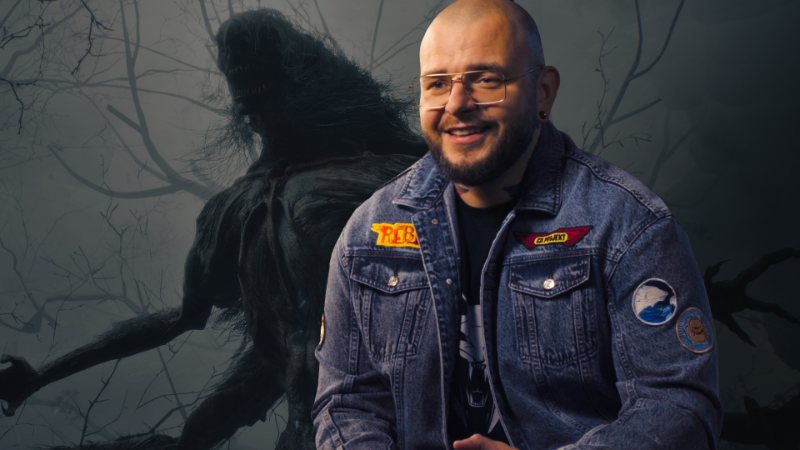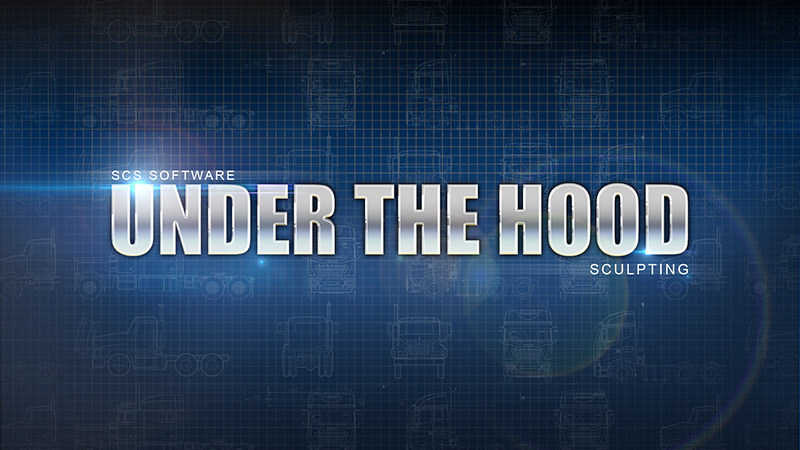When Valve first began eager about making a Half-Life game in VR, it took a bunch of Half-Life 2 property and cobbled collectively a prototype – a small space inside City-17 that testers may transfer round in digital actuality.
The suggestions was overwhelmingly constructive, and a whole lot of that was all the way down to the testers experiencing a powerful sense of nostalgia. This was “perhaps the biggest” motive why Valve determined to make a prequel as a substitute of a sequel.
“Almost unanimously we put people in [the prototype], and they would come out saying, ‘Wow, it was really cool to be in a place that was very recognisable to me. I’ve been in that world so many times, I’ve heard those sounds, I’ve seen those textures. But it felt like I was there to a degree I’d never been there before. So much more, I was standing in parts of Half-Life 2.’,” Valve programmer and designer Robin Walker informed me.
“So, we really felt like that was an important part of this product, we felt like there was this really important set of decisions to be made about how much nostalgia we were going to tug at, and how much novelty we were going to show, and the exact pacing of those two things.”
When deciding on a setting for the game, it got here all the way down to steadiness that novelty and nostalgia. A full sequel would have probably moved away from the immediately recognisable, and so a prequel gave the impression to be one of the best match.
“When we were thinking about where we wanted to set this, we were definitely thinking, ‘Where can we start in a place where we can at least deliver on some of that desire for nostalgia in players? Well, we can’t be after everything’s been – because it’ll be much harder, so we should start somewhere in City 17’,” Walker defined.
Once the choice was made to return to City 17, the group determined to set the game in an space of the town that gamers have by no means seen earlier than. That’s how Valve discovered the steadiness.
“As time [went] on, we just made decisions about when and where and who you play, and all that sort of stuff, really downstream of those initial discussions about where the right place was to be,” he continued. “In the end, it was also a lot of fun to think about that transition from, how does [Gordon Freeman] get from the world of Half-Life to the world of Half-Life 2? From a narrative point, but also just from a world-setting standpoint. There’s a lot of unanswered stuff in there.”
If you’re questioning how a lot Boneworks inspired Half-Life: Alyx, we additionally spoke to Valve about that at that hyperlink. Check out our Half-Life: Alyx review to see why Valve’s VR masterpiece is price enjoying.



